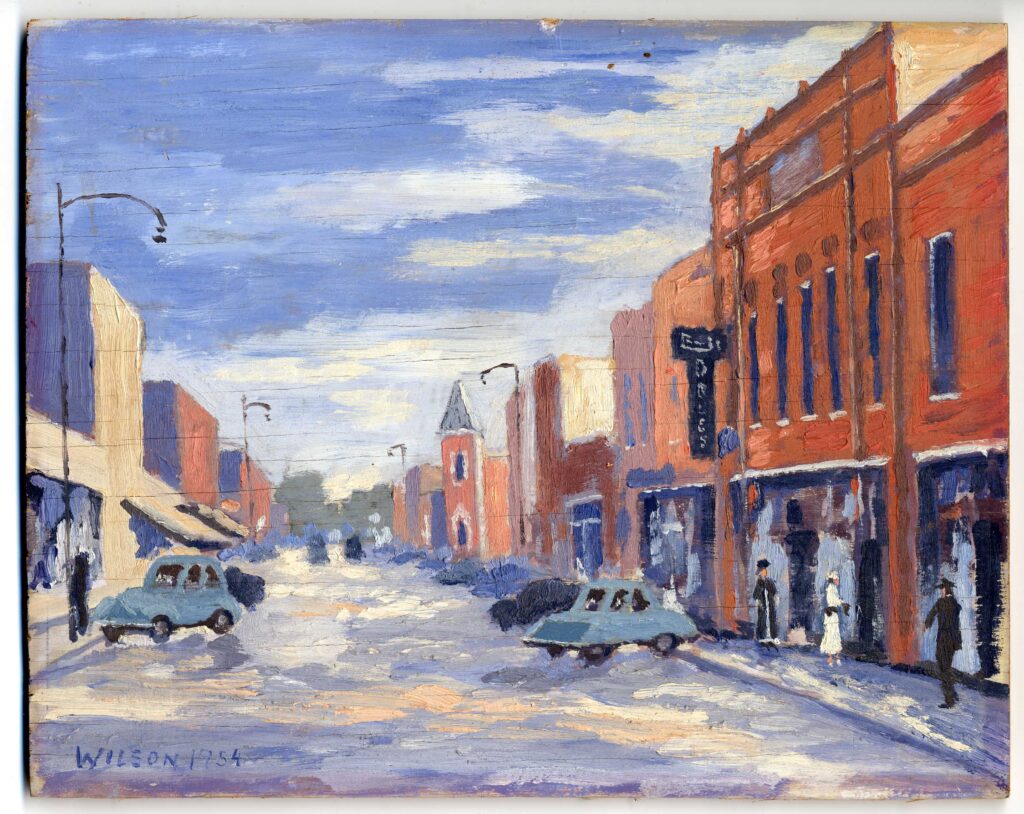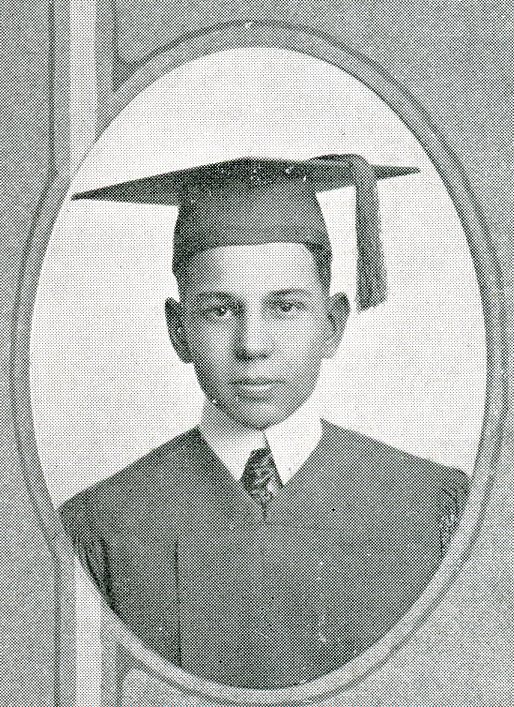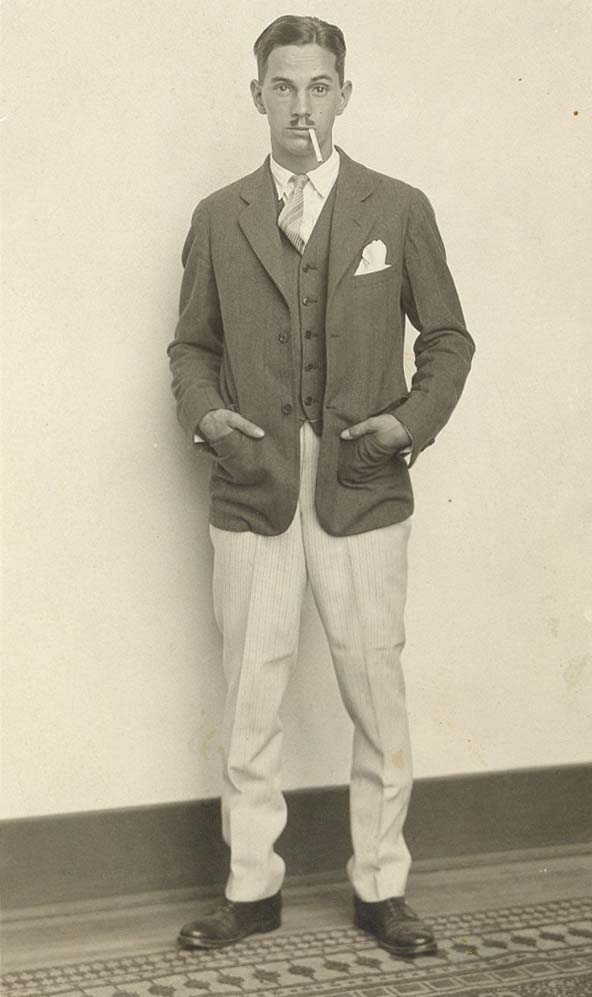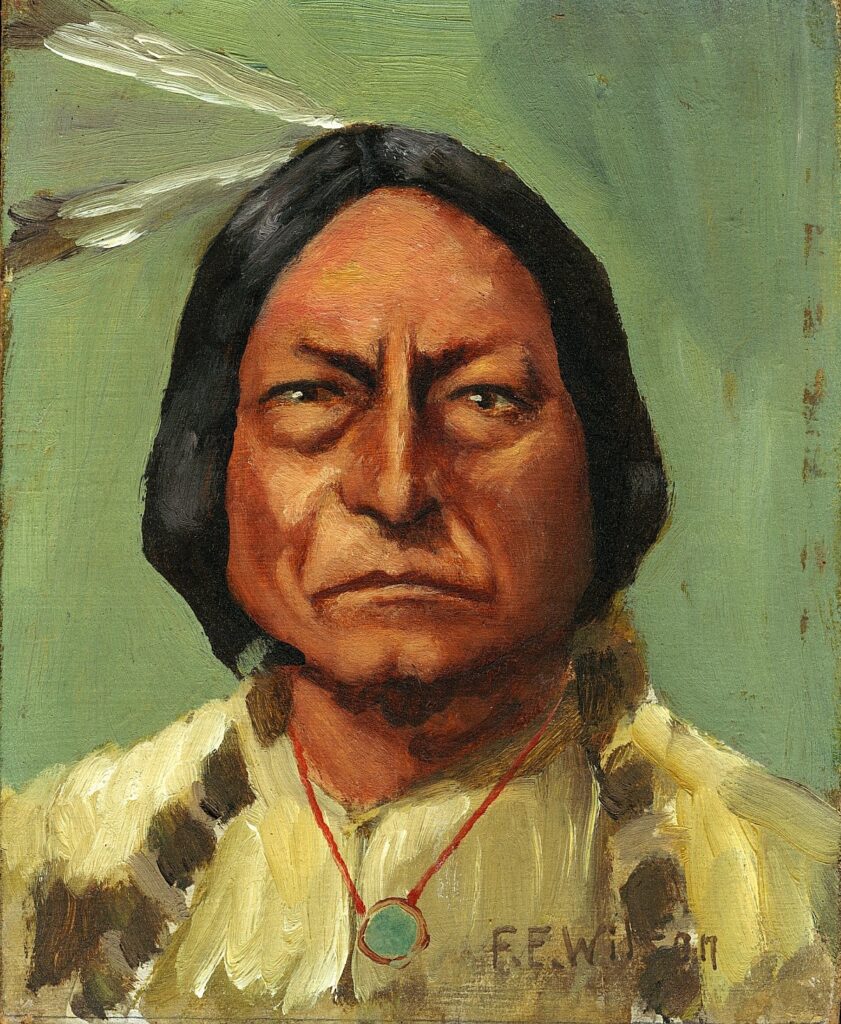Last week I shared a pictures that Hal Maxey of Boise, Idaho sent to us of the George T. Maxey family moving to Kinsley in their covered wagon in 1886. I called Sally Frame, the granddaughter of Nellie Maxey Wilson who is the oldest girl in the picture. Sally had never seen the picture and soon came to the library to get a copy.
Sally began to reminisce about her Grandma Wilson. Sally was in 7th or 8th grade when she went on a trip with her to Washington, D.C. to visit her Uncle Fred Wilson, one of Nellie’s sons.
Fred had graduated from Kinsley High School in a group of very talented young people in 1917. He started attending Kansas State Agricultural College (KSU) but had to leave when he was drafted into the army during WWI. He did not serve overseas and was able to return to earn his degree in architecture when the war was over.
Fred moved to Tampa, Florida until the crash of 1929 when he was hired as an architect with the General Services Administration in Washington, D.C. In 1930, he married Betty Newman, a school teacher, and they had two sons.
During World War II when Fred was 43, he used his close connection with his KSU fraternity brother, Milton Eisenhower (Dwight’s brother), to get back into the army to serve as an artilleryman to protect the US coastline in California and Florida. After the war, the Wilsons went back to live outside D.C. in Falls Church, Virginia.
It was about 1950 when Grandma Wilson and Sally got on the train in Kinsley and rode in a sleeper car to visit Uncle Fred. She remembers going to the dining car and feeling very special being waited on by the Black matre d’.
They had to make a stop in Union Station in Chicago for passengers. “I got off the train to explore all by myself,” said Sally. “Somehow I managed to get back on the right train before it pulled out again for Arlington, Virginia.”
“We stayed with Uncle Fred and Aunt Betty for a month,” recalled Sally. “I remember eating in the Salzbury Club, and he took us to the National Gallery of Art. I loved it! Afterwards he said that I was the only one of his relative that had ever enjoyed going to an art museum with him.”

When Fred retired to Florida, he devoted himself to painting portraits and landscapes. Sally remembers the paintings he did of the some of the directors of the Edwards County Bank which are reproduced in Myrtle Richardson’s book, “The Great Next Year Country”. She owns several other paintings by Fred.
I wanted to know a little more about Sally’s Uncle Fred, so I searched his name in the newspapers.com archive. Both Sally and I were surprised to find him linked to a sensational D.C, murder investigation in 1930. The headline of a two full-page story in the Daily New-Sun in August, 1930, asked the question: “Who Killed Mary Baker, Girl of Many Loves? Washington Has Seen a Parade of Many Suspects”.

Mary Baker was a young, navy file clerk. Her bloody body was found in a culvert of a remote section of Arlington cemetery on April 11. Fred Wilson and Mary both worked in the Bureau of Aeronautics and had kept company with each other before his marriage earlier that year.
The day after Mary’s body was found, Fred was questioned by both the D.C. and Arlington police. He admitted that he was to have met Mary at 5 p.m. on the night she was murdered, but she did not show up. After hours of interrogation, he was ruled out as a suspect and released.
In the days and weeks to follow, the Capitol, Arlington County and Virginia State police departments, as well as navy and Department of Justice agents all questioned another dozen men as suspects. Finally, Herman Campbell, a wealthy real estate man, was arrested and charged with the crime.
During the trial in October, a new technology was used to microscopically compare the bullets from the crime to Campbell’s gun. The comparison was found to be unreliable, and he was exonerated. The murder case was never solved.
What family stories, known or unknown, might you find in newspaper.com. Kansas residents can freely access some years of Kansas newspapers through the Kansas State Historical Society which is linked in the right menu on the Kinsley Library webpage: wwwkinsleylibrary.info . Like Sally, maybe you will discover more of your family’s story.



